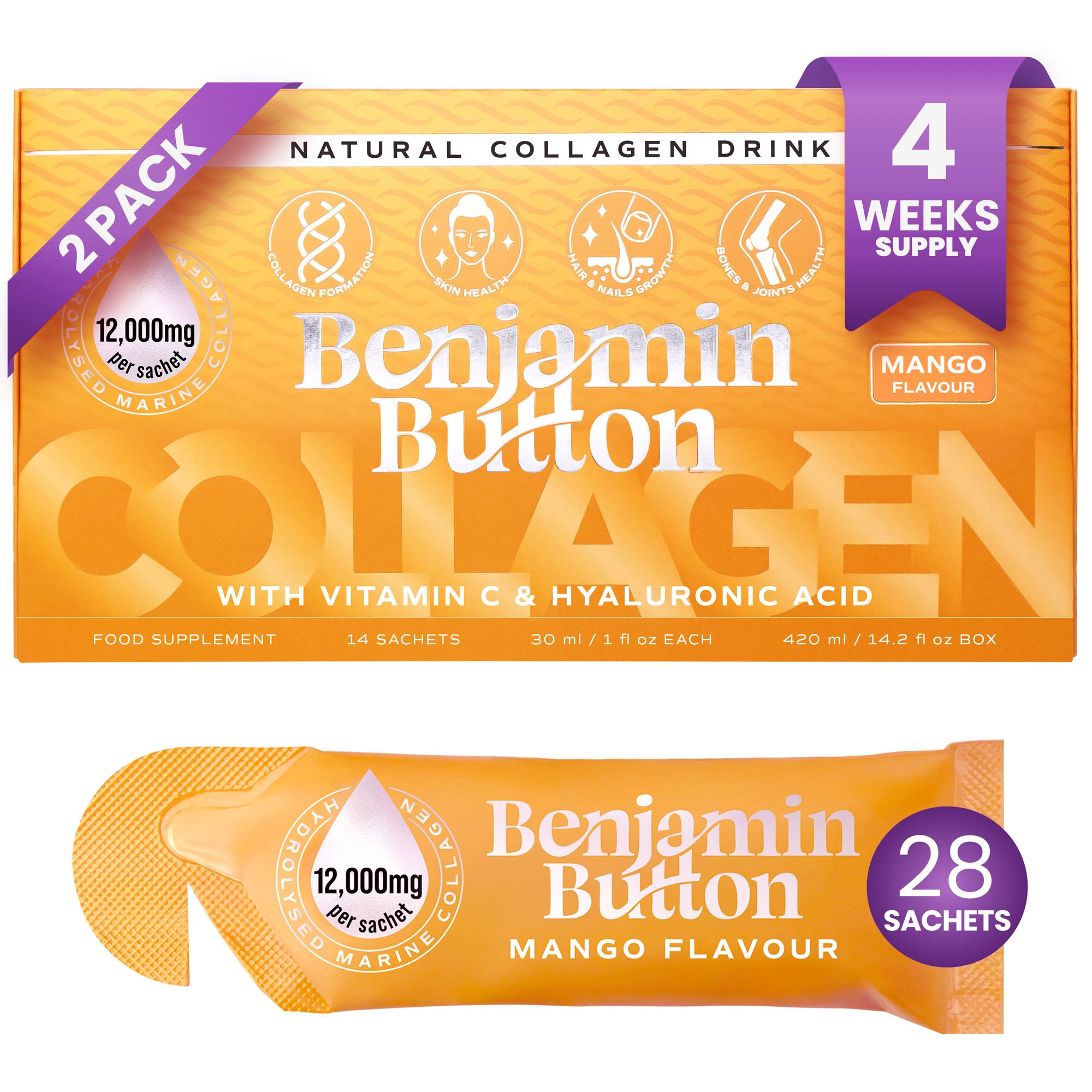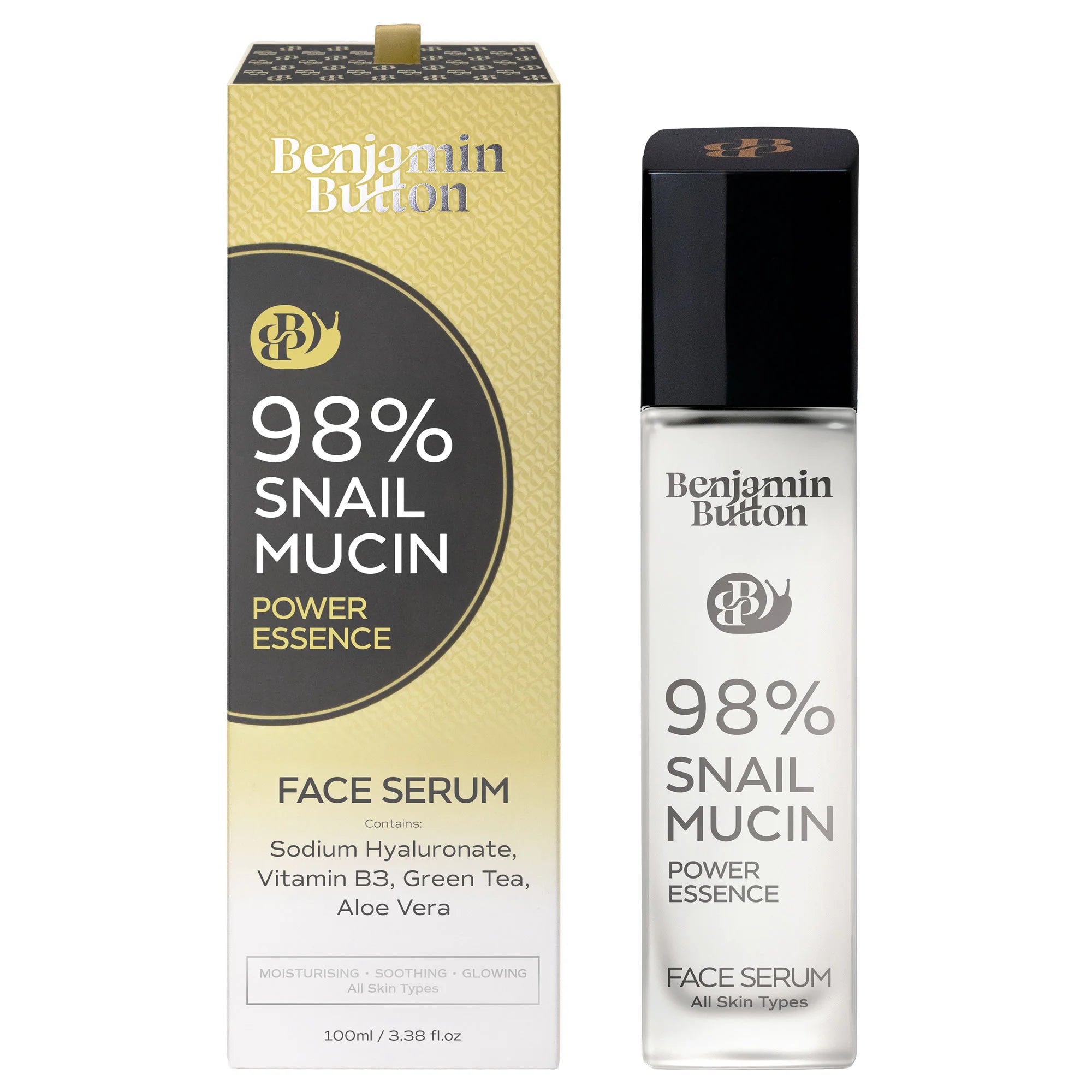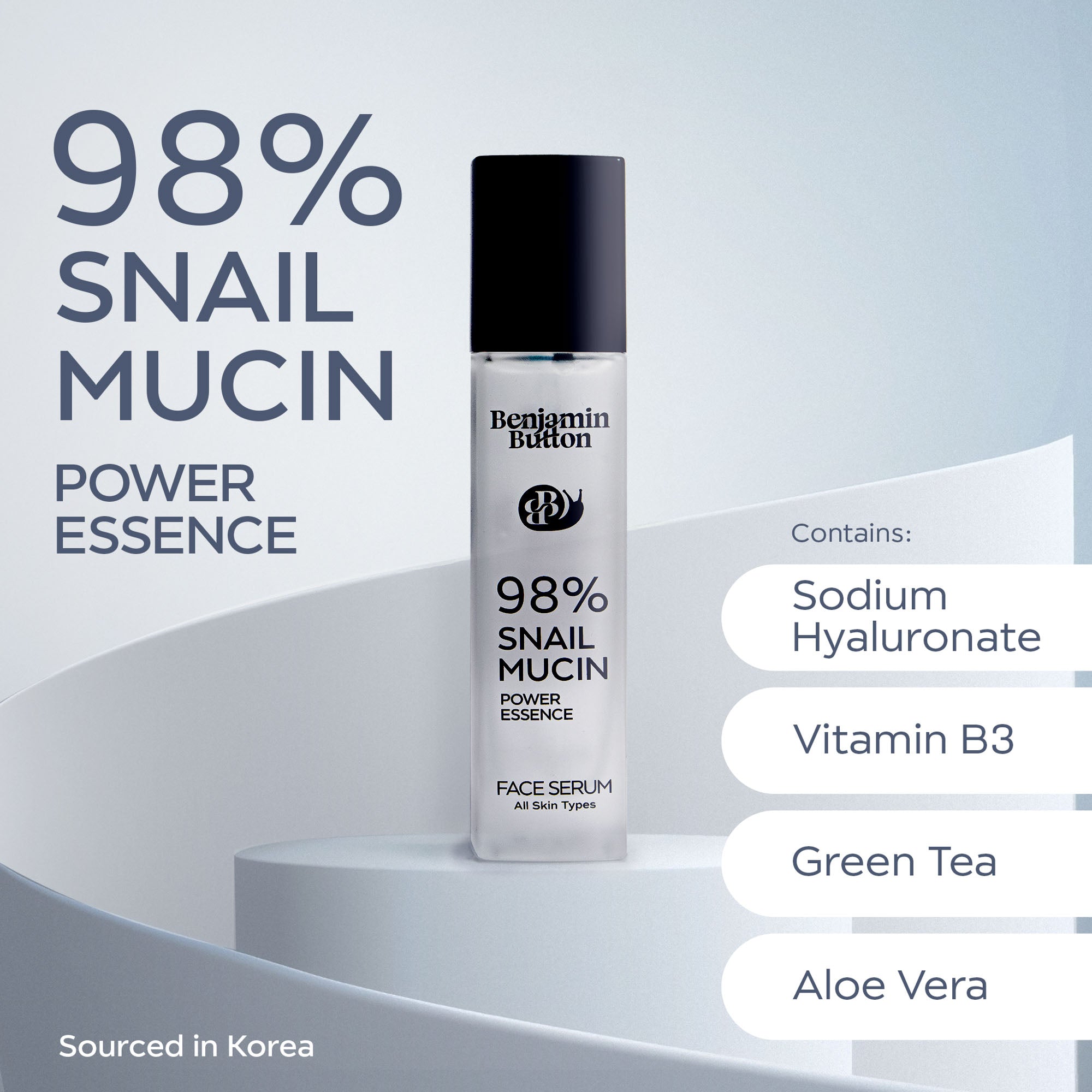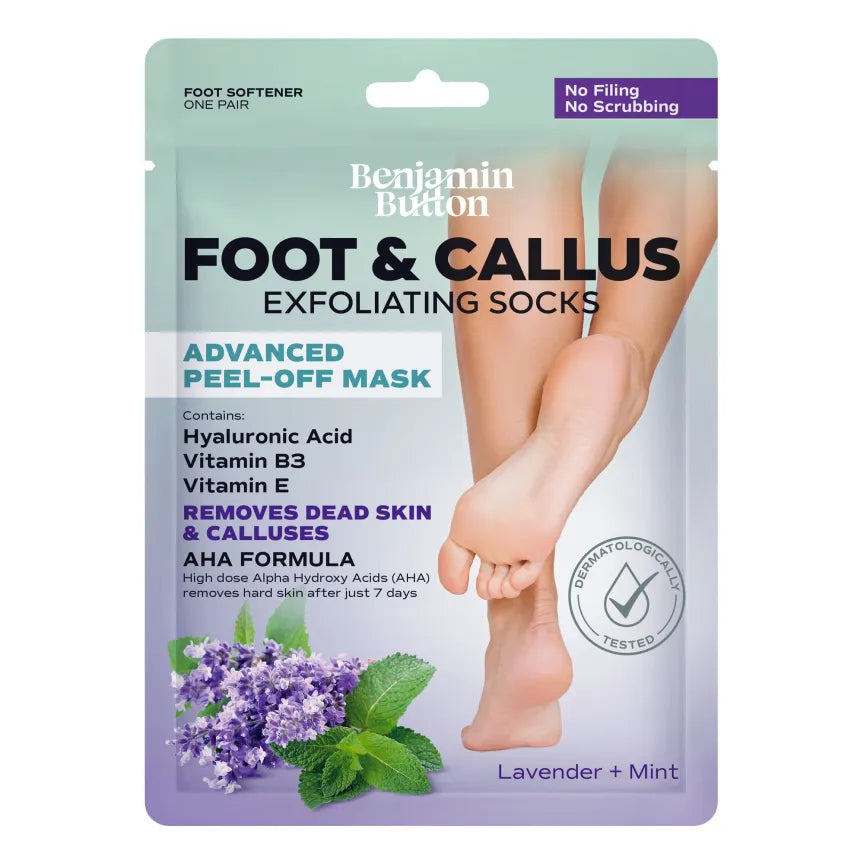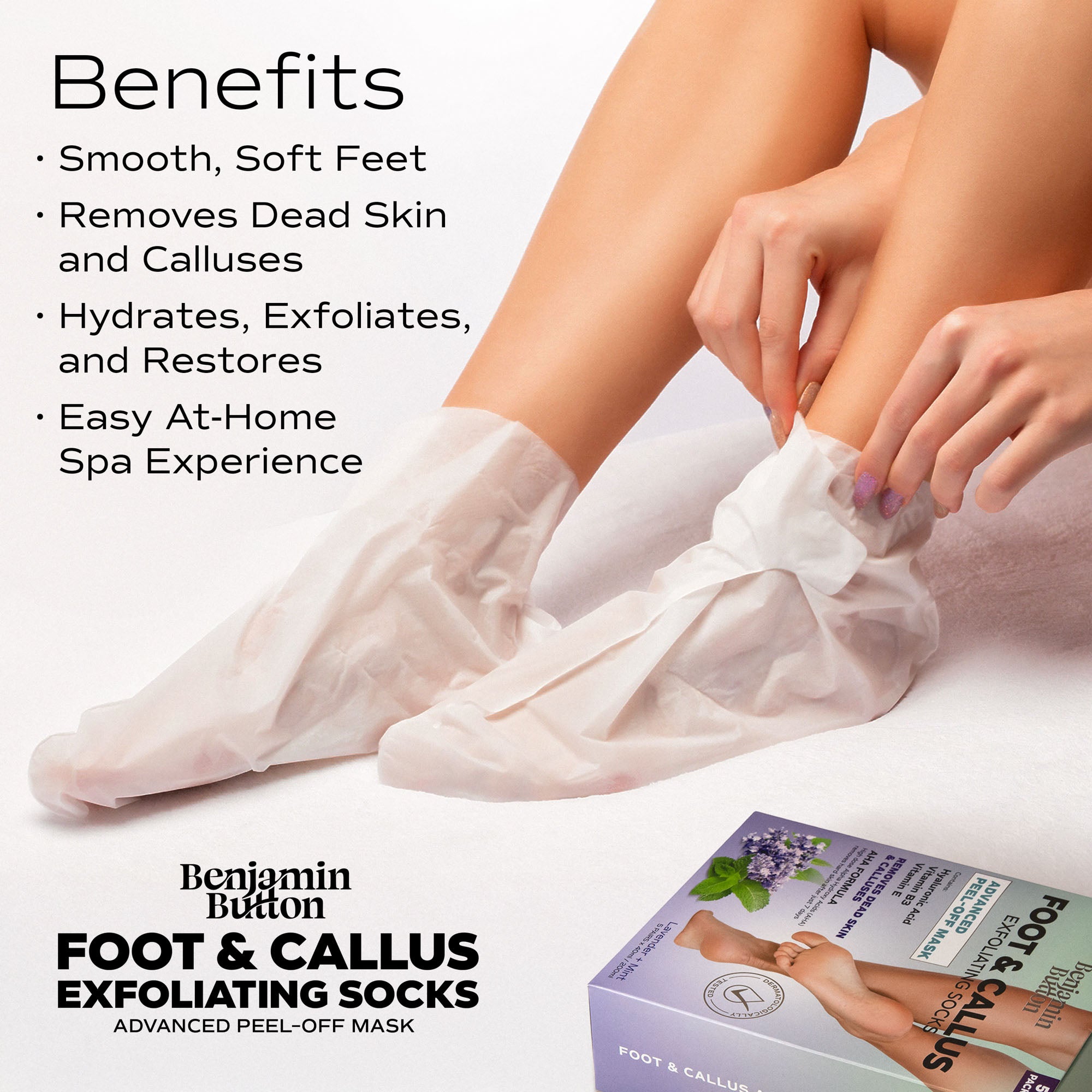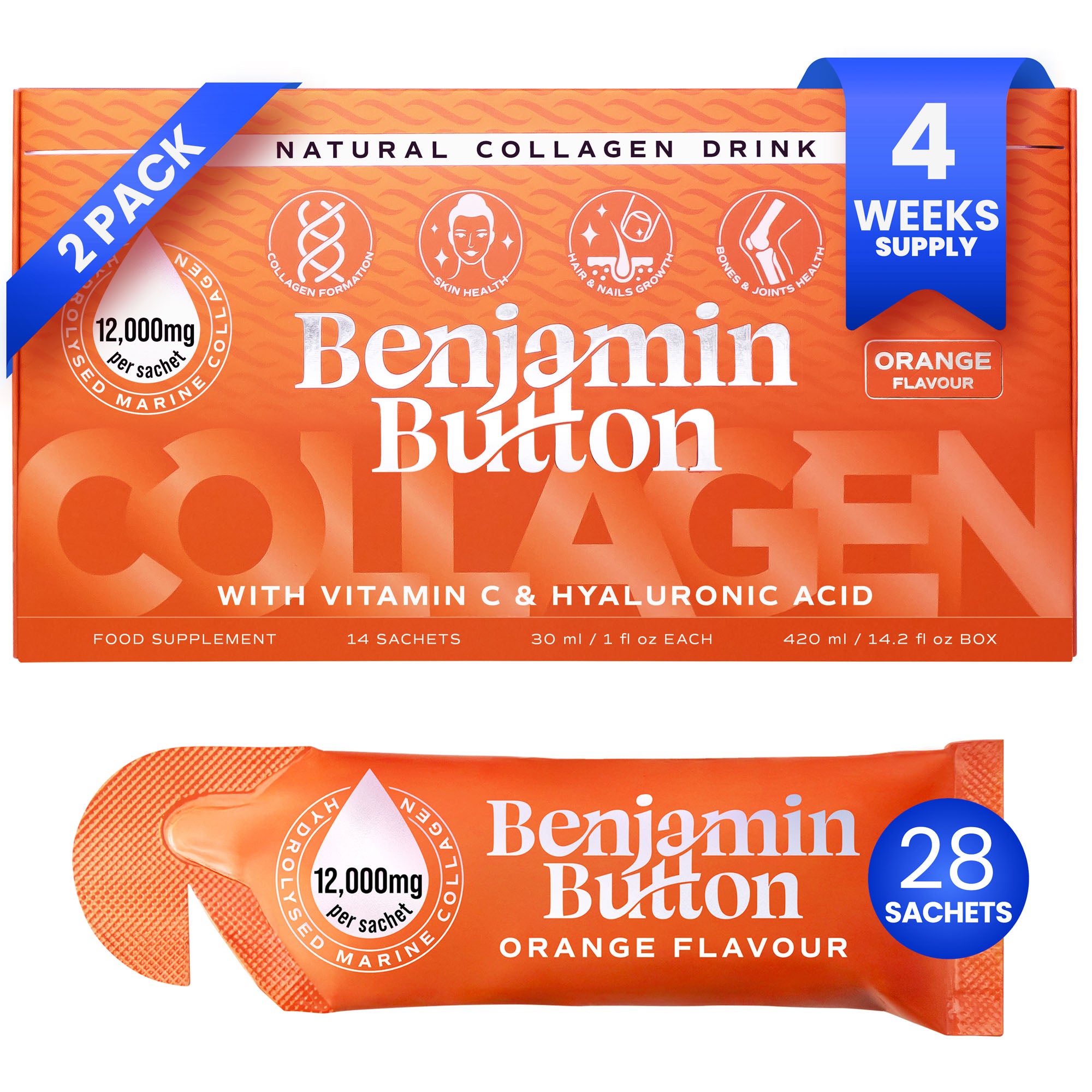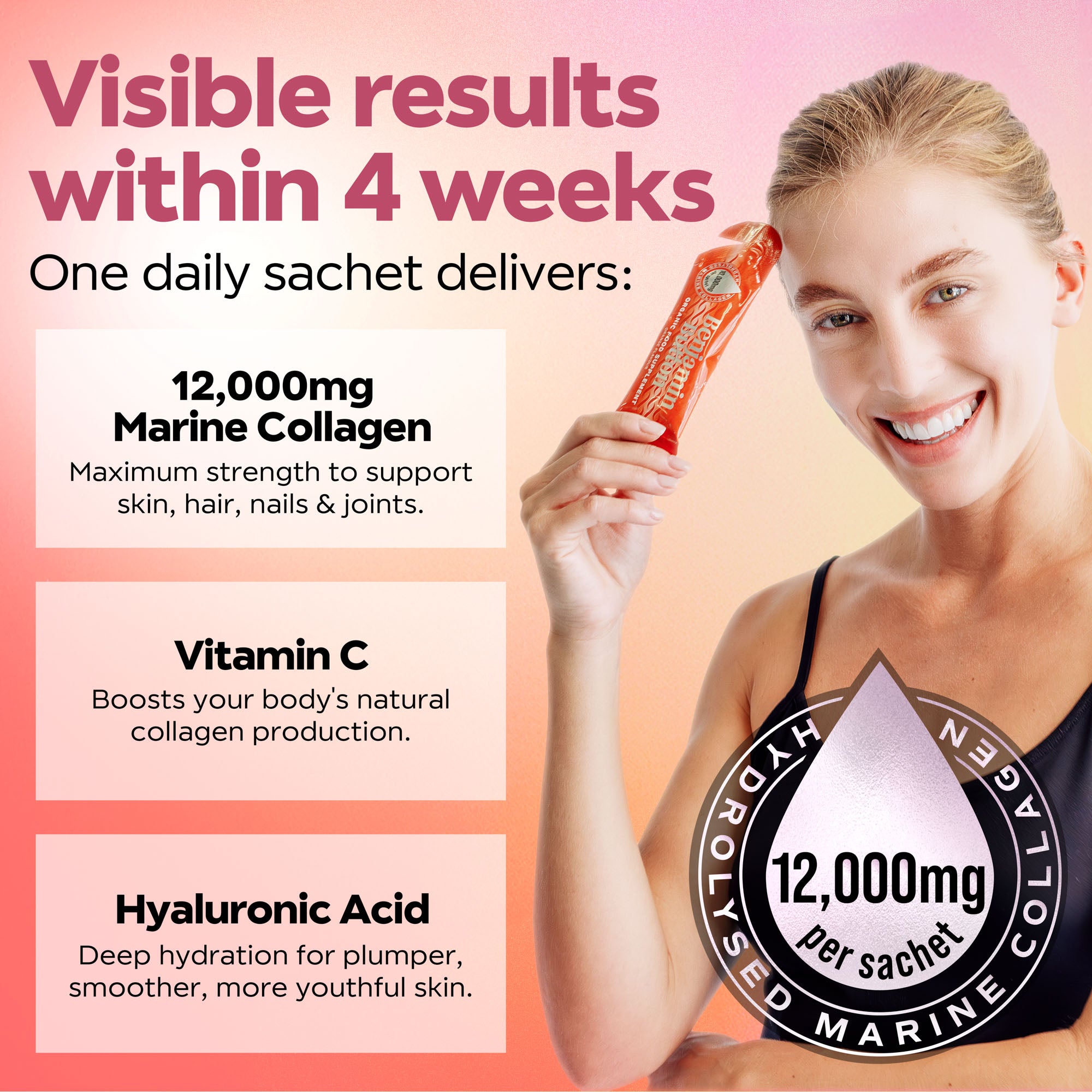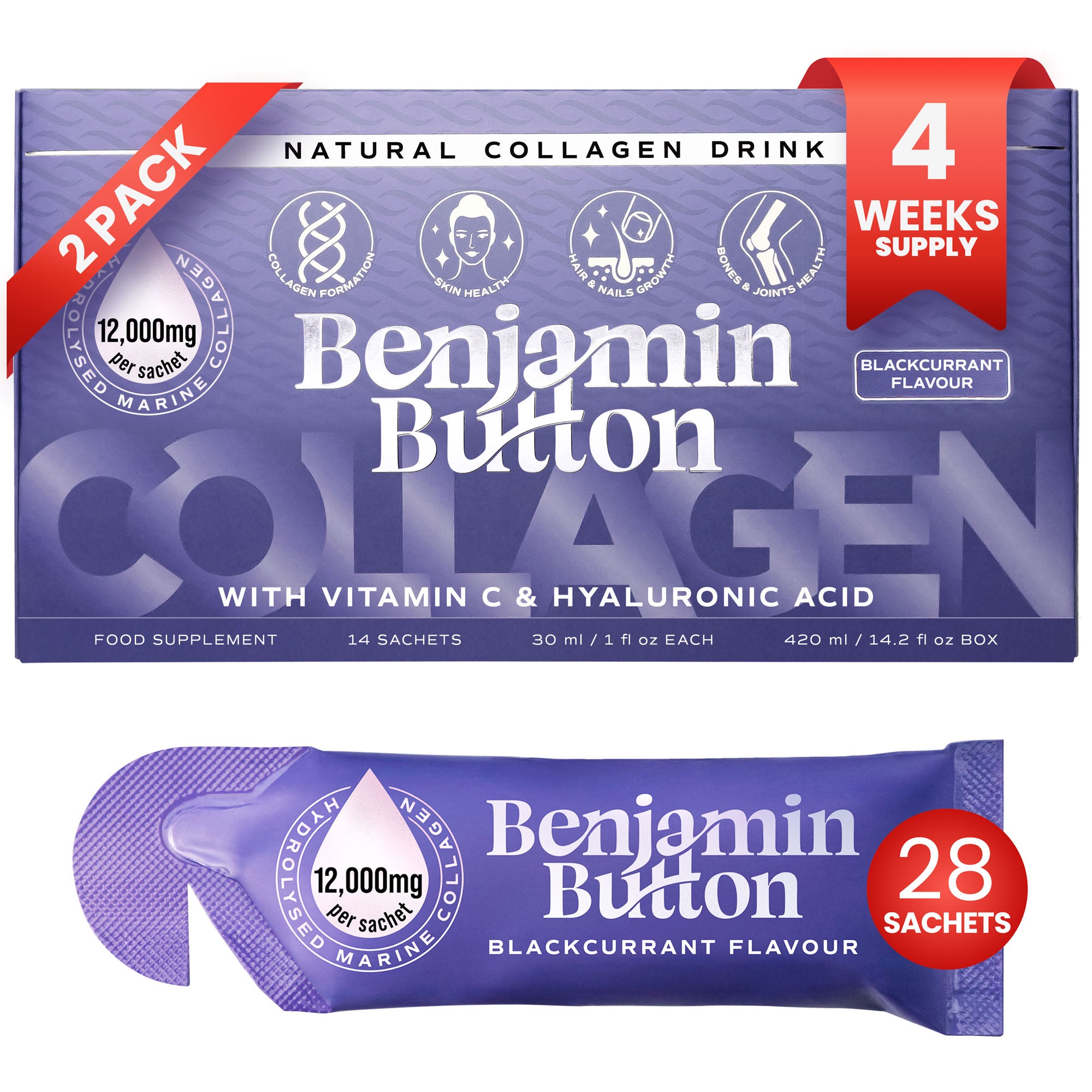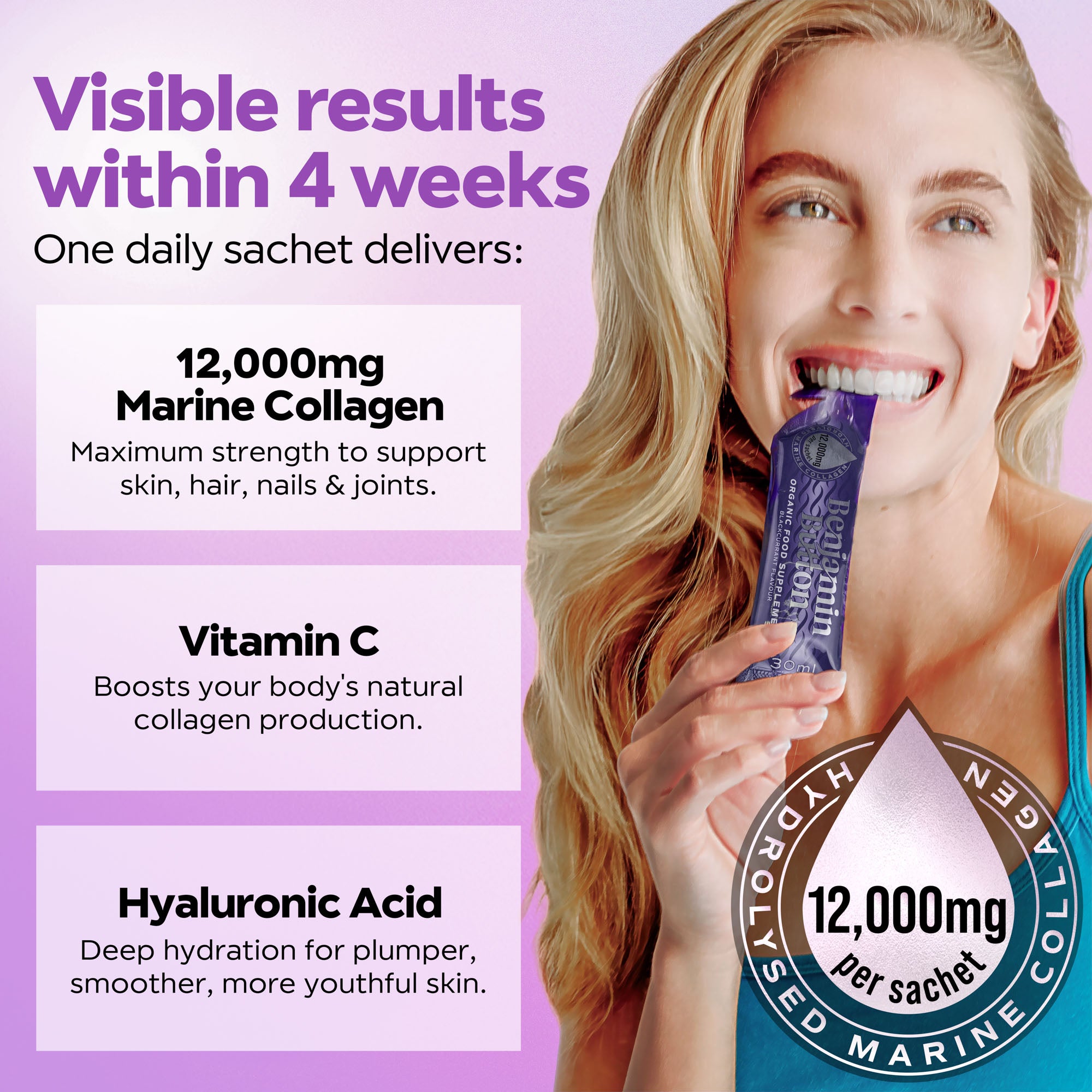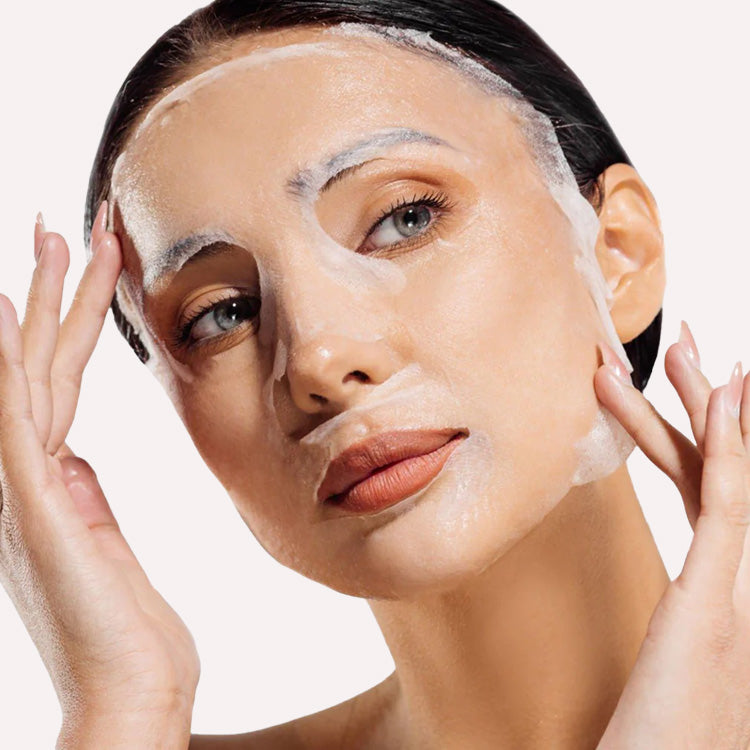Understanding Shingles and Its Impact
Dealing with a shingles rash can be incredibly discomforting, often leading to pain, itching, and irritation. This viral infection, caused by the reactivation of the varicella zoster virus, often results in a distinctive rash that may make daily activities challenging. While medical treatments are essential for managing symptoms, effective self-care tips can significantly alleviate discomfort and enhance recovery.Essential Self-Care Strategies
Incorporating self-care into your routine can help soothe the shingles rash and promote healing. Below are several strategies designed to assist you in managing your symptoms effectively.1. Keep the Affected Area Clean and Dry
Maintaining cleanliness is crucial in preventing infection and discomfort. Gently cleanse the affected area with mild soap and water, and pat it dry. Avoid scrubbing, as this can exacerbate irritation.- Use lukewarm water to cleanse the area.
- Opt for unscented soap to prevent additional irritation.
- Allow the rash to breathe by avoiding tight clothing.
2. Moisturisation is Key
Applying moisturisers can help keep the skin hydrated and reduce itching. Look for products that are fragrance-free and suitable for sensitive skin.- Use an emollient cream or lotion.
- Aloe vera gel may provide soothing relief.
- Consider using coconut oil for its anti-inflammatory properties.
3. Cold Compresses
Cold compresses are an effective way to reduce swelling and pain associated with a shingles rash. The coolness can numb the area, providing temporary relief.- Apply a clean, cold pack for 15-20 minutes.
- Ensure the compress is wrapped in a soft cloth to protect the skin.
- Repeat several times a day as needed.
Medications for Symptom Relief
While self-care plays a vital role, medications can also help in managing symptoms. Always consult with your healthcare provider before starting any new treatment.1. Over-the-Counter Pain Relievers
Nonsteroidal anti-inflammatory drugs (NSAIDs) can assist in reducing pain and inflammation associated with shingles.- Ibuprofen or acetaminophen may be effective.
- Follow the recommended dosage on the package.
2. Antihistamines for Itching
If itching becomes unbearable, antihistamines might be a beneficial addition to your routine.- Diphenhydramine can help reduce itching at night.
- Always adhere to dosage recommendations to avoid drowsiness.
Diet and Hydration
What you consume can influence your body's healing process. A balanced diet and adequate hydration can provide your body with the nutrients it needs to recover from shingles effectively.1. Focus on Nutrient-Rich Foods
Include a variety of fruits, vegetables, lean proteins, and whole grains in your meals.- Foods rich in vitamin C, like oranges and strawberries, can boost the immune system.
- Antioxidants found in berries help combat inflammation.
- Include foods high in zinc, such as nuts and beans, to support skin health.
2. Stay Hydrated
Proper hydration is vital for overall health and can aid in the healing process.- Aim to drink at least 8 glasses of water a day.
- Herbal teas can also be hydrating and soothing.
- Avoid excessively sugary or caffeinated drinks that can lead to dehydration.
Stress Management
Stress can significantly impact your body's ability to heal. Incorporating stress reduction techniques into your life can help alleviate symptoms and promote emotional well-being.1. Mindfulness and Relaxation Techniques
Practising mindfulness or relaxation techniques can reduce stress and increase your sense of control over your body's healing process.- Consider deep breathing exercises or meditation.
- Gentle yoga or stretching can help ease tension.
- Engage in hobbies that bring joy and relaxation.
2. Adequate Rest
Rest is essential for recovery. Make sure to get enough sleep to allow your body to heal effectively.- Establish a regular sleep schedule.
- Avoid screens and stimulating activities before bedtime.
- Consider creating a calming bedtime routine to promote relaxation.










